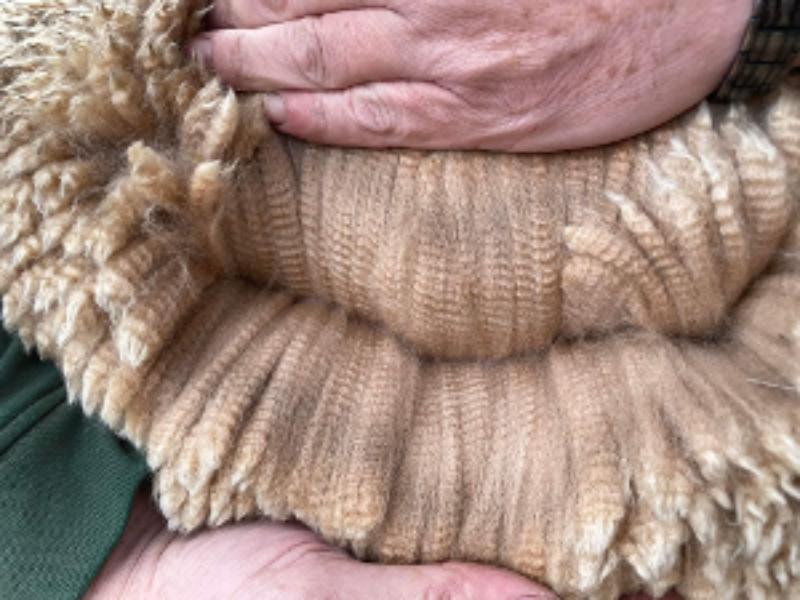Mid Cornwall's Premier Alpaca Herd
History of Alpacas

Alpacas are a domesticated species of South American camelid that have been valued for their fiber for thousands of years. They are native to the high Andes Mountains of Peru, Bolivia, and Chile, and were first domesticated by the Incas over 6,000 years ago. The history of alpacas is a fascinating one, and has been shaped by the cultural and economic forces of the Andean region.
Here is a brief overview of the history of alpacas:
Domestication: Alpacas were domesticated by the Incas in the Andean highlands of Peru around 5000 BC. They were highly valued for their soft, warm, and durable fiber, which was used for clothing and other textiles. Alpacas were also used as pack animals, carrying goods over the rugged Andean terrain.
Spanish Conquest: When the Spanish arrived in the Andean region in the 16th century, they were impressed by the quality of alpaca fiber and began to export it to Europe. This led to a decline in the alpaca population as the Spanish colonizers imposed heavy taxes and restrictions on the indigenous people who owned them.
Modern Era: In the 20th century, efforts were made to preserve the alpaca population and promote their fiber production. The first alpacas were imported to the United States in the 1980s, and the industry has grown steadily since then. Today, there are over 200,000 alpacas in the United States, and the industry is also growing in Europe, Australia, and New Zealand.
Cultural Significance: Alpacas have been an important part of Andean culture for centuries, and are still highly valued by the indigenous people of the region. Alpacas are often used in religious ceremonies and festivals, and their fiber is still used to make traditional clothing and textiles. In conclusion, the history of alpacas is a rich and complex one, shaped by the cultural and economic forces of the Andean region. Despite centuries of exploitation and decline, the alpaca population has rebounded in recent years, and their fiber continues to be prized for its softness, warmth, and durability. As more people around the world discover the benefits of alpaca fiber, it is likely that the industry will continue to grow and evolve in the years to come.
More articles

Sapphire Bernie Surprise
Last year, we added a group of alpacas to our farm from Oxford, and one of the white boys, Sapphire Bernie, quickly caught our attention with hi...
Read more.jpeg)
Caring for alpacas
Alpacas are becoming increasingly popular in the UK as pets and livestock. They are gentle and curious creatures that require specific care to keep them healthy and happy. If you are a new alpaca o...
Read more
Uses of alpaca fleece
Alpaca fleece is a luxurious and sought-after fiber that has been used for centuries in textiles. Alpaca fleece is not only warm and soft, but it is also hypoallergenic, making it an ideal choice f...
Read morePlease wait
